In 2022, everyone was talking about the Great Resignation, when overwhelmed and dissatisfied workers quit their jobs in droves. Here at Brick Factory, a digital agency specializing in WordPress and Drupal design and development, we have noticed a strikingly different trend in the company culture: half the team has been together for over a decade, and some much longer than that.
Is this normal? Maybe not.
Do we love it? Heck yes.
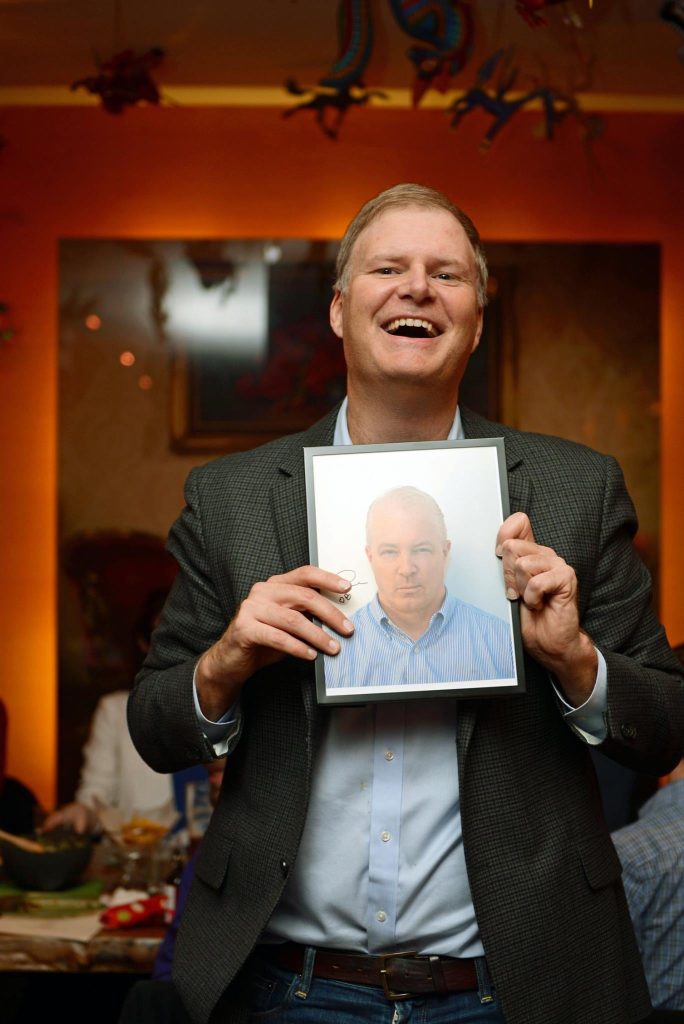
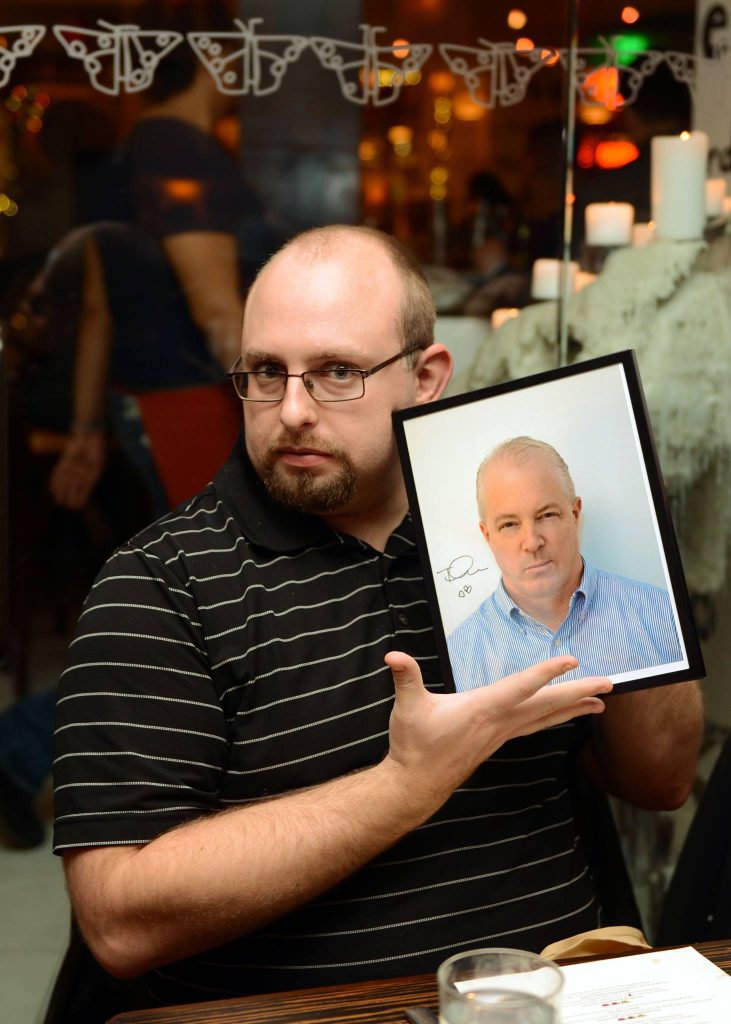
You may wonder: what’s our secret? How have our team members built a working relationship that is now old enough to legally drink? We sat down with several members of the OG Brick Factory team to shed some light on the unusually strong continuity of this team.
How it started: in the early 2000s, ten members of the current core team all worked together at a previous employer. When CEO Todd Zeigler started Brick Factory in 2011, the team made the leap together. In forming the new company, Todd wanted to create a positive company culture, as well as build relationships with clients whose missions he believed in. The goal was, Todd summarizes, “to do interesting and cool projects, and have a work environment where people treat each other nicely.” Sounds good to us.
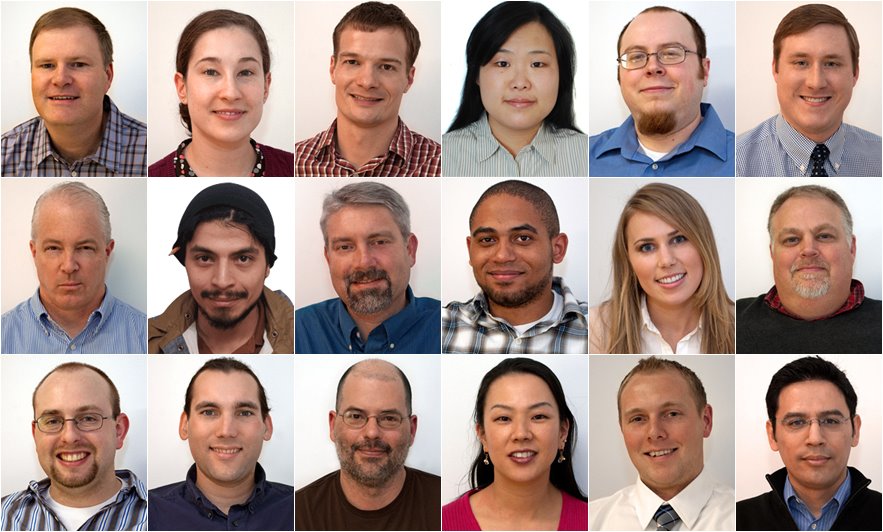
Since then, Brick Factory has grown, taking on bigger web development projects, which meant solving more complicated problems for clients. Some people saw small changes in their jobs – Gerry Blackwell started in an accounting role, which grew over time to encompass financial planning, HR, and more. Jei Park has over time taken on more work with the front-end development department, in addition to playing a key role on the design team. With this flexibility has come a lack of emphasis on titles and hierarchy: “No one really cares what their title is here,” says Tom McCormick, Chief Creative Officer. “We just want to produce high quality work.”
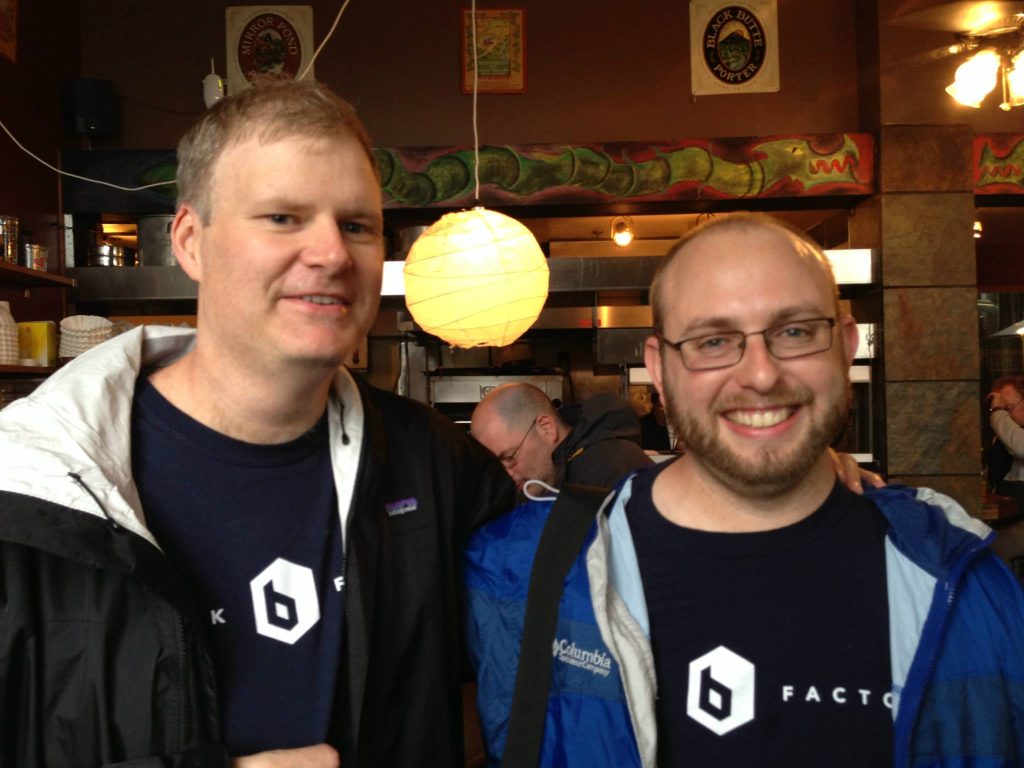
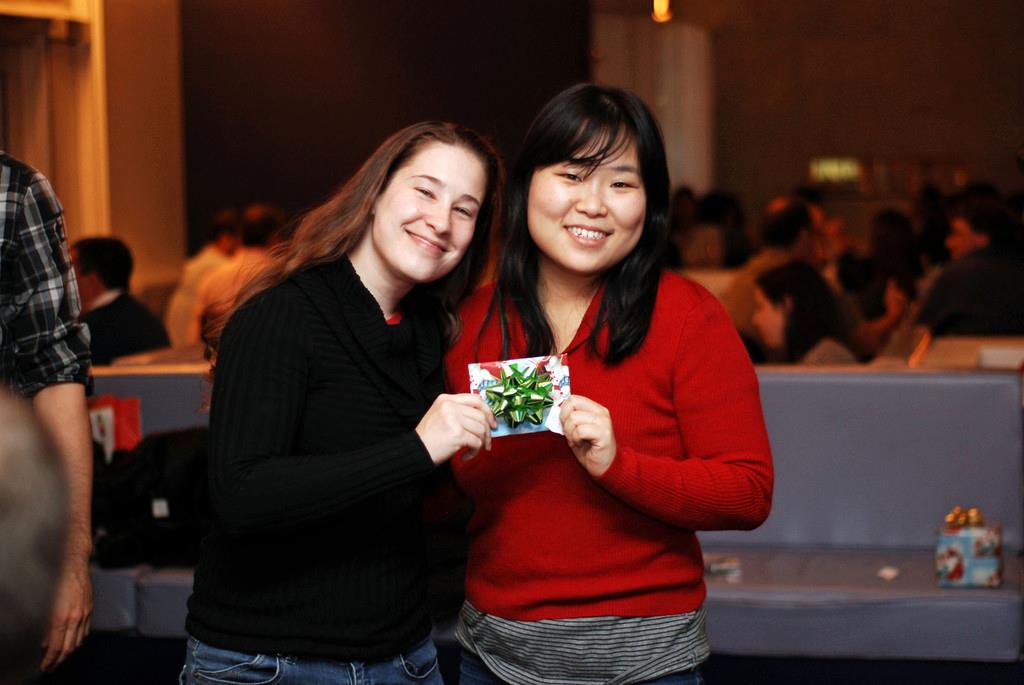
Chief Operating Officer Hannah Del Porto saw a bigger evolution in her role, transitioning from managing custom software implementations for clients to managing internal operations for Brick Factory. “I loved working with clients because of the satisfaction of solving problems for them. My current role still has that same satisfaction, I just identify and solve problems across the company now.” Todd credits Hannah’s move to COO as a major operational improvement: “our processes run a lot better.”
A key aspect to the success of Brick Factory is remote work: in short, we did it before it was cool. Before tools like Slack and Zoom became ubiquitous, Brick Factory was already building workflow processes with a team of employees scattered around the world. Some, like lead architect Chris Roane, have been fully remote since the beginning.
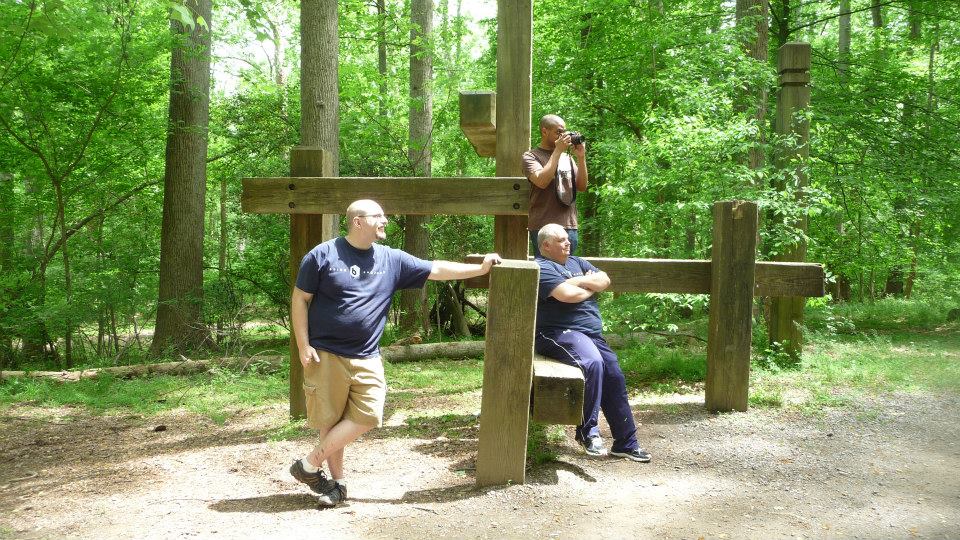
Despite the early emphasis on flexibility, Brick Factory originally maintained a brick-and-mortar (excuse the pun) office in Washington DC. Todd estimates that around 80% of the team worked in-person at first, a number that gradually decreased as the core team’s lives evolved. “It was really a gradual process as over the years our in-office staff moved out of state or wanted to be at home with small children,” says Hannah, who herself is currently based in Thailand. “Whatever it is, we try to adjust roles and responsibilities to match the needs of the individual at each stage in their life.” Rather than lose their best people when they moved away, Hannah and team developed a company culture that embraced remote work. Other team members relocated to Montana, Barcelona, Lisbon, and more.
Over the years, the numbers of in-office employees dwindled, without any change to the quality of work. With only six people left in the DC office, Todd and Hannah decided to take the company fully remote. Coincidentally, the move to a completely virtual work environment happened shortly prior to the pandemic. Todd elaborated, “for people who had to go fully remote during the pandemic, it was like jumping into cold water, but for us it was an easy transition that we had made organically over time.”
This strong relationship-building even extends beyond the team itself – many Brick Factory clients have also been constant for many years. “We’re committed to our clients, and that has inspired a certain loyalty,” says Todd. Longtime clients have been the primary source of referrals leading Brick Factory to newer clients. Client contacts have gotten back in touch after changing jobs themselves. One intrepid Brick Factory intern, years later, approached us about working with her current nonprofit (resulting in an ongoing collaboration).
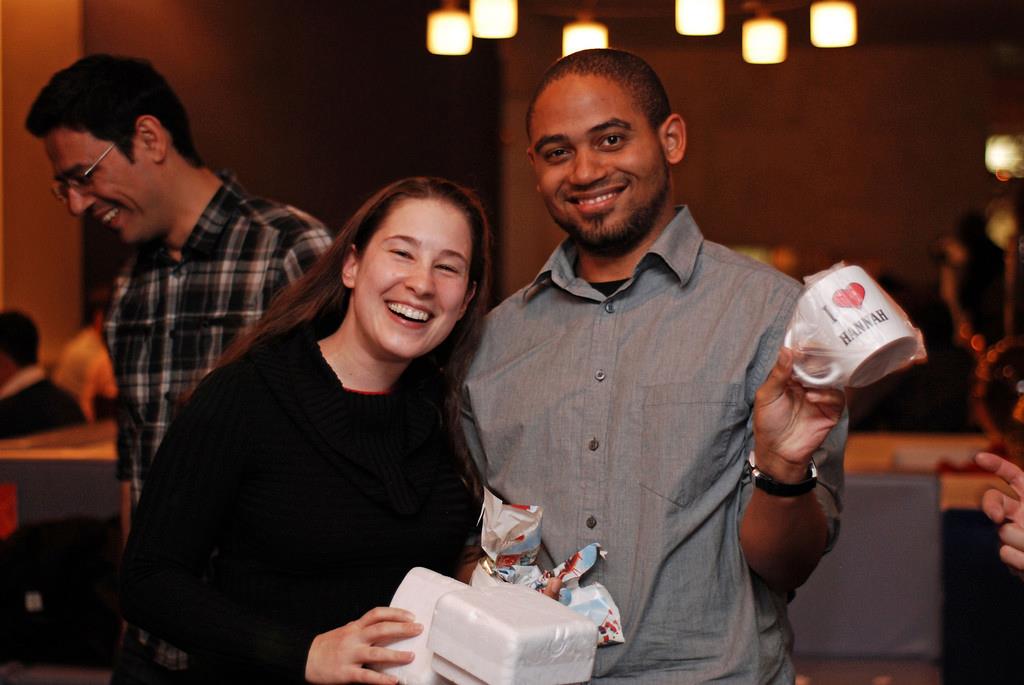
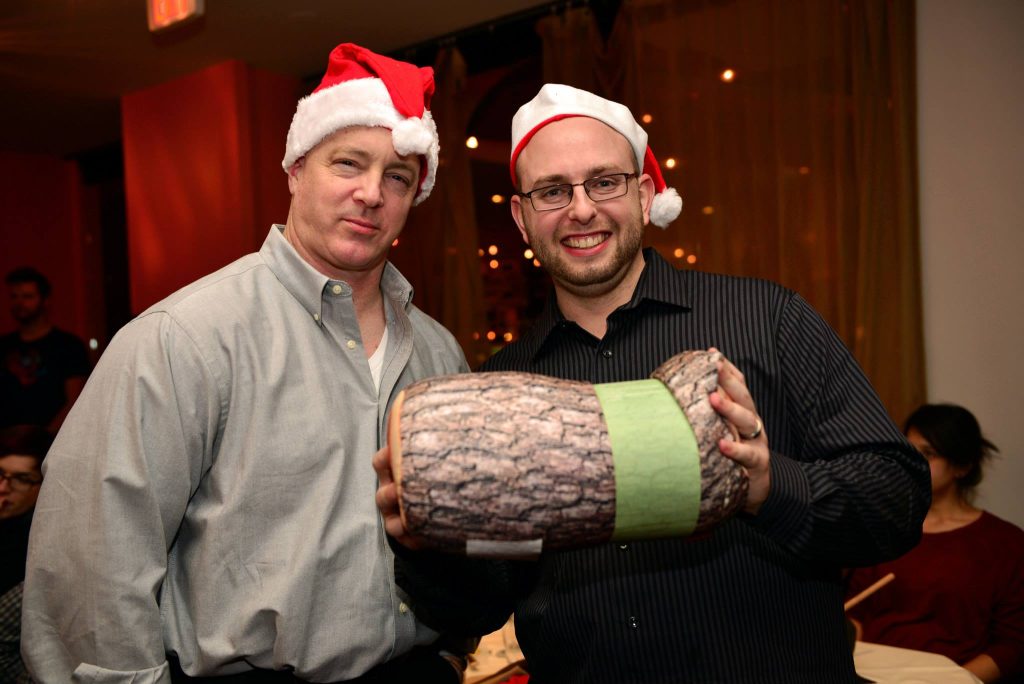
We asked the OG team what advice they’d give to companies looking to build a strong company culture. Here’s what they said:
Hannah (COO): Say yes to employees unless you have a really compelling reason to say no.
Todd (CEO): Keep a long-term financial outlook.
Tom (Chief Creative Officer): Flatten the hierarchy. Hire better.
Gerry (Financial Controller): Hire someone like Hannah
Chris (Lead Architect): Invest in your best people.
The field of web development and digital strategy evolves constantly, and it’s hard to know what the next few years will hold for Brick Factory. But we can bet that it will involve some of the usual suspects who have been around since the beginning.
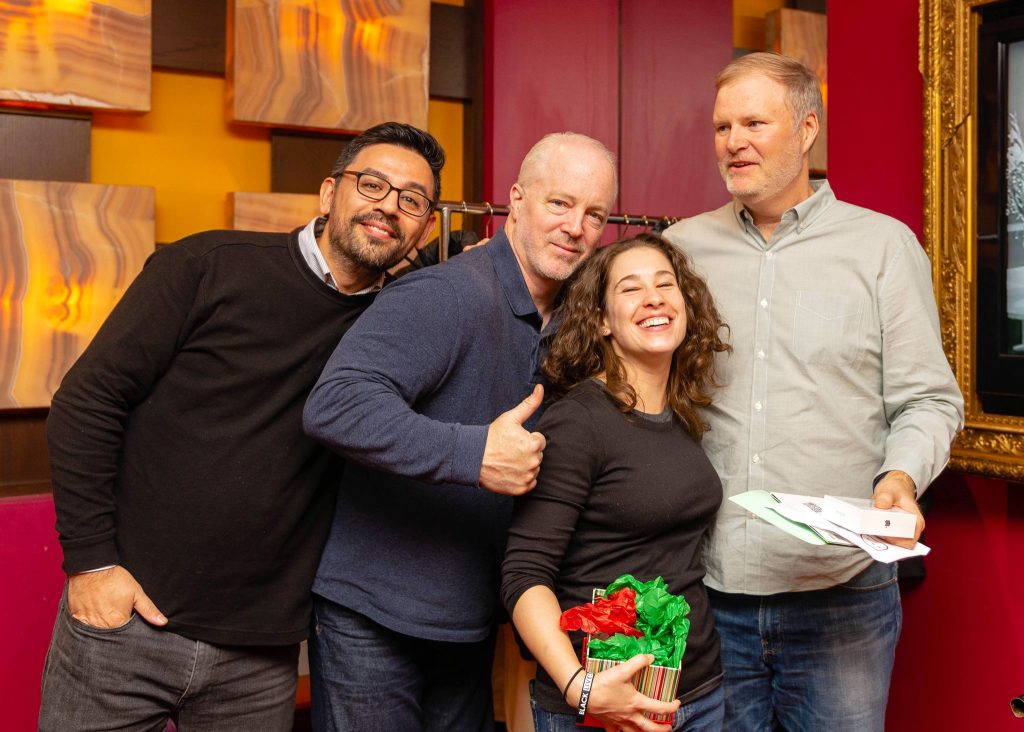
Sign up today to have our latest posts delivered straight to your inbox.